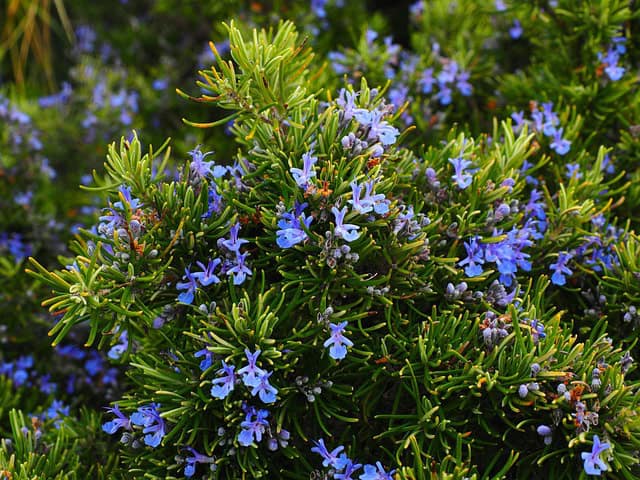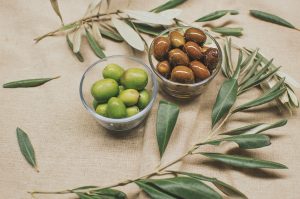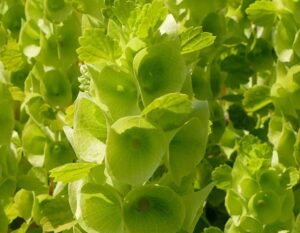Whether you’re growing rosemary in your backyard or maintaining a petite herb garden on your windowsill, knowing how to properly harvest rosemary will ensure you get the most out of your plants. Here’s everything you need to know about harvesting rosemary!
Understanding Rosemary

Before you start harvesting, it’s important to understand what rosemary is and how it grows. This Mediterranean herb thrives in well-drained soil and loves sunny spots.
Typically, rosemary grows to a height of 2-4 feet, and its leaves are needle-like with a distinctive aroma. Aside from its culinary uses, rosemary is also praised for its potential health benefits, such as boosting memory and digestion.
When to Harvest Rosemary
Timing is crucial when it comes to harvesting rosemary. Here are the key points to consider:
1. Seasonal Timing
Spring and Early Summer: The best time to harvest rosemary is during the growing season when the plant is most vibrant. This usually means late spring to early summer, just before the plant flowers.
Pre-Flowering Stage: Harvesting the leaves before the plant produces flowers yields the most flavorful foliage.
2. Daily Timing
Morning Harvesting: The best time of day to harvest is in the morning after the dew has dried but before the sun is too hot. This timing helps preserve the essential oils in the leaves.
How to Harvest Rosemary
Now that you know when to harvest, let’s talk about how to do it effectively and sustainably.
1. Gather Your Tools
All you need is:
A pair of clean, sharp scissors or garden shears.
A small cloth or basket for collecting the cuttings.
2. Cutting Techniques
Select Healthy Stems: Look for healthy, vibrant stems. Avoid any leaves that are yellowing or wilting.
Cut Wisely: Use your scissors to snip off the top 3-4 inches of a stem. This encourages the plant to become bushier and prevents damage to the root system. Always cut just above a leaf pair or node.
3. Limit Your Harvest
To keep your plant healthy, limit yourself to harvesting about one-third of the total foliage at one time. This ensures your rosemary continues to grow well and remain productive.
Preserving Your Harvest
Once you’ve gathered your rosemary, you’ll want to store it properly to keep it fresh and flavorful.
1. Fresh Use
For immediate cooking or seasoning, simply rinse the cuttings and use them within a few days.
2. Drying Rosemary
If you’ve harvested a larger quantity, consider drying some for future use. Hang bundles of rosemary upside down in a cool, dark, and well-ventilated area. After about a week, the leaves should be brittle and ready for storage.
Store dried rosemary in an airtight container and keep it in a dark cupboard for longevity.
3. Freezing Rosemary
Another great method of preservation is freezing. Simply chop the leaves and place them in an ice cube tray filled with water or olive oil. Once frozen, transfer the cubes into a freezer bag for easy access to flavor anytime.
Enjoying Rosemary in Your Cooking
Fresh rosemary can elevate many dishes, from roasted meats to hearty casseroles and even infused oils. Here are a couple of easy ways to incorporate your freshly harvested herb into your meals:
Roasted Vegetables: Toss your favorite veggies with olive oil, garlic, and chopped rosemary before roasting for a flavorful side dish.
Herb-Infused Oils: Steep rosemary in olive oil for a delightful addition to salad dressings and marinades.
Conclusion: Happy Harvesting!
Harvesting rosemary is not only a rewarding experience but also a way to connect with your gardening journey. By following these guidelines, you can maintain a healthy rosemary plant that keeps giving throughout the seasons. So grab your scissors and enjoy the process of picking this beautiful herb, knowing it will enhance your culinary adventures for months to come!
Whether you’re a seasoned garden guru or just getting started, rosemary is a must-have in every herb garden. Embrace the joy of harvesting and experimenting in the kitchen; your taste buds will thank you!






